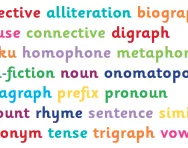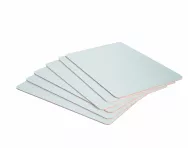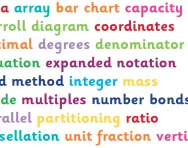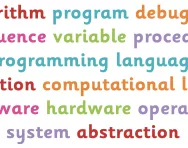Important update from TheSchoolRun
For the past 13 years, TheSchoolRun has been run by a small team of mums working from home, dedicated to providing quality educational resources to primary school parents. Unfortunately, rising supplier costs and falling revenue have made it impossible for us to continue operating, and we’ve had to make the difficult decision to close. The good news: We’ve arranged for another educational provider to take over many of our resources. These will be hosted on a new portal, where the content will be updated and expanded to support your child’s learning.
What this means for subscribers:
- Your subscription is still active, and for now, you can keep using the website as normal — just log in with your usual details to access all our articles and resources*.
- In a few months, all resources will move to the new portal. You’ll continue to have access there until your subscription ends. We’ll send you full details nearer the time.
- As a thank you for your support, we’ll also be sending you 16 primary school eBooks (worth £108.84) to download and keep.
A few changes to be aware of:
- The Learning Journey weekly email has ended, but your child’s plan will still be updated on your dashboard each Monday. Just log in to see the recommended worksheets.
- The 11+ weekly emails have now ended. We sent you all the remaining emails in the series at the end of March — please check your inbox (and spam folder) if you haven’t seen them. You can also follow the full programme here: 11+ Learning Journey.
If you have any questions, please contact us at [email protected]. Thank you for being part of our journey it’s been a privilege to support your family’s learning.
*If you need to reset your password, it will still work as usual. Please check your spam folder if the reset email doesn’t appear in your inbox.
What are interactive whiteboards?

What are interactive whiteboards?
Most schools now have interactive whiteboards (IWBs) in every classroom. Interactive whiteboards are the size of a usual class whiteboard, but are connected to a teacher's computer, which means that whatever the teacher is doing on the computer will appear on the interactive whiteboard.
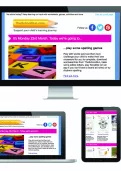
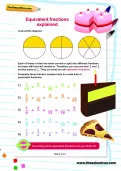
Boost your child's maths & English skills!
- Follow a weekly programme
- Maths & English resources
- Keeps your child's learning on track
The teacher has an IWB pen which they use on the IWB, which is either put into 'pen mode' for writing and drawing, or 'cursor mode' for clicking on items on the screen, just as you would do on a computer.
Special software is provided for interactive whiteboards which offer a range of mathematical drawings and equipment, pictures and paint tools.
Benefits of IWBs are as follows:
- Teachers are able to create several 'pages' of a lesson in advance. This may include word problems with pictures, passages of text or bar charts etc. The alternative to this, would be that children would need to have everything on a sheet in front of them or a teacher would have to write or drawn things in advance on large sheets of paper. The IWB means that their desks can be clear and all eyes can face forward to look at stimulating and eye-catching images on the screen.
- Teachers can show children very explicitly how to carry out various mathematical tasks. With a large virtual protractor, for example, teachers can show children how to measure angles. Teachers can demonstrate how to group items for division, draw bar charts and symmetrical lines or show children the moving hands of a clock to demonstrate time intervals.
- Shared work that has been done on the board can be saved. For example: if a teacher may want to save the work done in a shared writing session for the children to look back at on a later date. In maths, they may have drawn up a bar chart from results collected by the class, which they want to look at and analyse later in the week.

